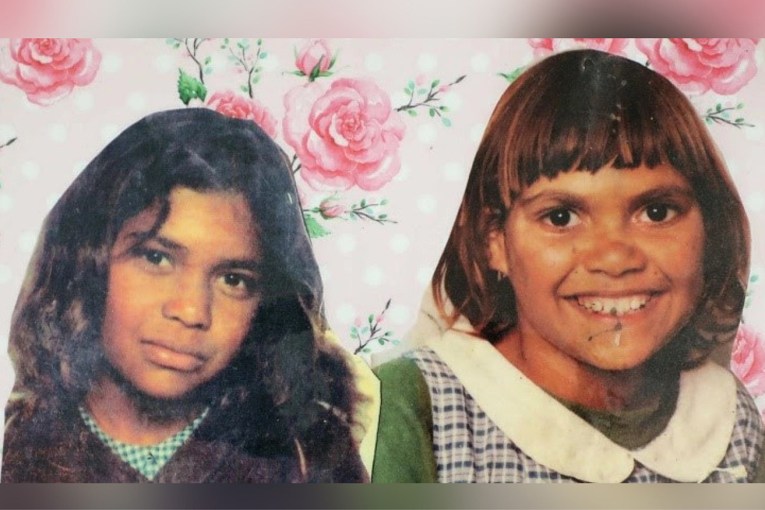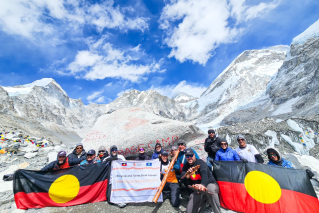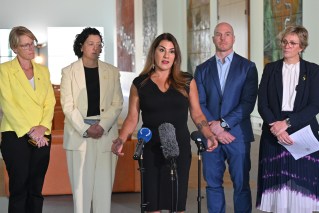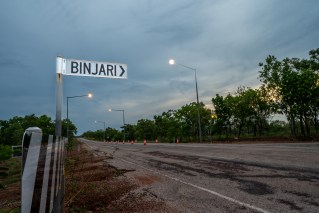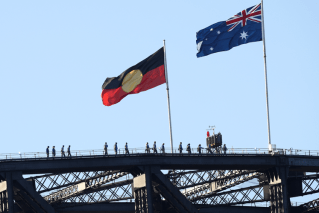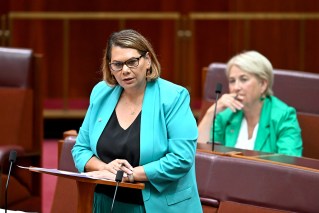Australia failing on key Closing the Gap targets
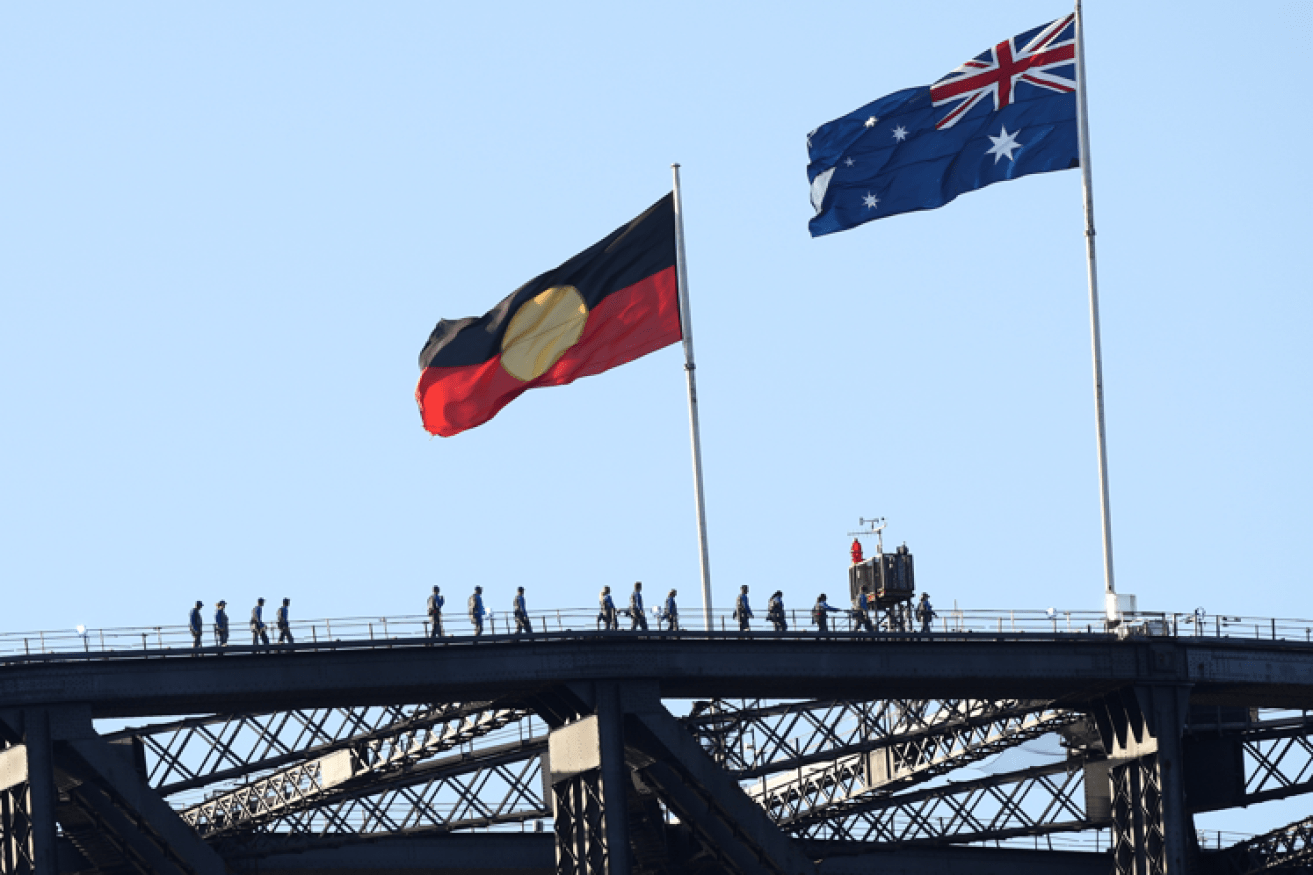
Progress has been made for five of the Closing the Gap targets, while other areas have worsened. Photo: Getty
The number of Indigenous babies being born healthy and strong is continuing to improve.
But, according to new data released by the Productivity Commission, that’s one of the few highlights for First Nations people among inequities that are proving difficult to shift, particularly in areas of incarceration and child protection.
The Productivity Commission has released new data on eight of the Closing the Gap targets – the framework agreed to by all Australian governments and the Coalition of Peaks, representing Indigenous organisations, to address inequality.
Overall, five of 19 targets are now on track, an improvement from four.
The new data showed the proportion of First Nations babies born at a healthy weight has improved and is on track to meet the target of 91 per cent by 2031.
The number of Indigenous mums making use of antenatal care (pre-birth) is also growing.
The target of a 15 per cent increase in land and sea country covered by Aboriginal and Torres Strait Islander people’s legal rights is also on track.
But there has been no improvement in closing the gap on life expectancy, with Indigenous Australian males and females expected to live 8.8 and 8.1 years, respectively, less than other Australians.
“It is encouraging to see improvements in the number of babies born at healthy birth weight as healthy birth weight helps to lay foundations for lifelong health,” Minister for Indigenous Australians Linda Burney said.
“But the new data on eight targets shows there is still a long way to go.”
The rates on incarceration are not on track to meet their targets and for adults are heading in the wrong direction.
Nationally, on June 30, 2023, the rate of Aboriginal and Torres Strait Islander prisoners was 2,265.8 per 100,000 adult population, an increase from the previous year.
Target 11 – reducing the rate of Indigenous children in detention by at least 30 per cent – shows no change from the 2017 baseline.
The number of Indigenous kids in out of home care – the single biggest indicator whether children will come into contact with the criminal justice system – is also getting worse.
Assistant Minister for Indigenous Australians Malarndirri McCarthy welcomed the data indicating progress in some areas.
“But this is not enough to carry through to other positive life outcomes for First Nations people,” she said.
“We need to do more to address the unacceptable results we continue to see, such as the number of children in out-of-home care and incarceration rates for First Nations youth and adults.”
Target 14 is significant and sustained reduction in suicide of Aboriginal and Torres Strait Islander people, but for younger Indigenous people (five-year age groups from 15 to 39) the leading cause of death is intentional self-harm.
From 2014–2018 to 2018–2022, the rate of deaths due to intentional self‑harm increased for Indigenous people in the 15 to 19 years, 25 to 29 years and 35 to 39 years age groups.
But rates decreased for 20 to 24 year and 30 to 34 year-olds.
